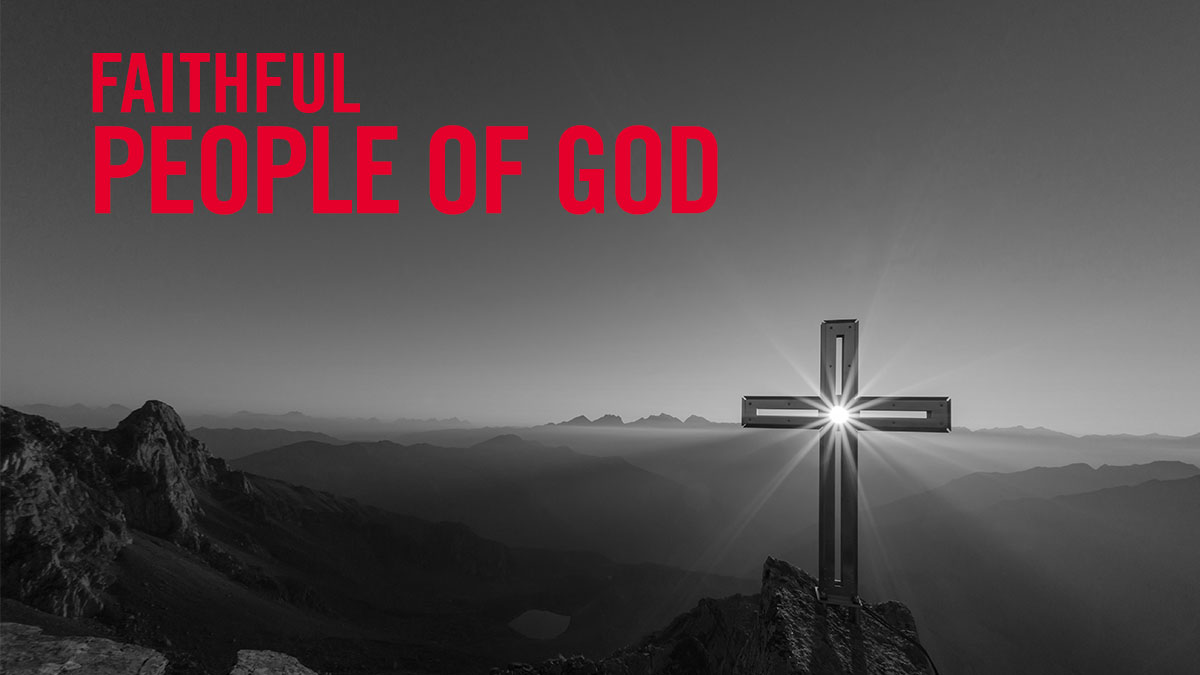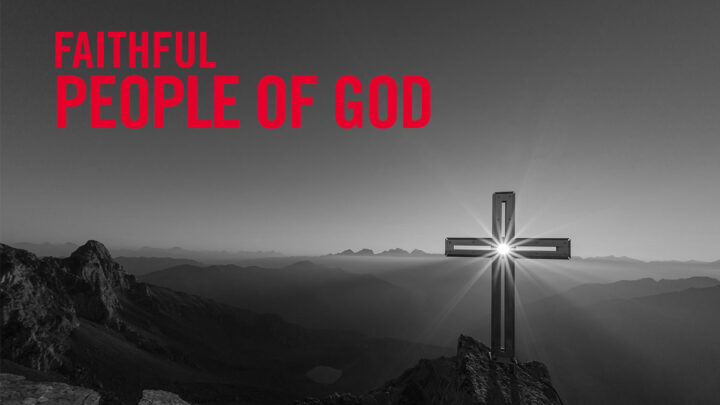“Look! I’m doing a new thing; now it sprouts up; don’t you recognize it? I’m making a way in the desert, paths in the wilderness.” – Isaiah 43:19

Almost exactly a year ago, for the first time in a very long time, I looked up.
I remember the moment so clearly. In the middle of a conversation with a colleague in which we were commiserating with one another (for what felt like the hundredth time) about the challenges we were facing during this pandemic, I surprised myself by saying something new.
“It feels like I’ve been keeping my head down for the better part of a year now, only ever focusing on the ground right in front of me. It doesn’t exactly feel like I’ve lost the ability to see, but somewhere along the way I’ve lost the ability to look.”
Many of us have now spent these last two years focusing on the ground right in front of us. Like unskilled hikers on an unfamiliar trail, directing our eyes anywhere other than the few feet of uneven ground right in front of us could mean dire injury… or much worse. And so, we’ve kept our gaze grounded for the sake of being ready at any moment: to pivot, to adapt, to survive. Sometimes, in the wilderness, faithfulness looks like keeping our heads down.
But other times, in the wilderness, faithfulness looks like being brave enough to lift our heads and look up… if only for a moment. Faithfulness looks like answering the call of the God who is always doing a new thing. My hope for us this Lent is that we might again hear the voice of God and faithfully lift our heads in response, that together we will begin to perceive the shape of this newest thing God is doing in our midst.
Good and gracious God, we are so grateful for the many ways you have sustained us and guided us through these many challenging months. Thank you for leading us when we did not know where to go, when we forgot how to look up. As we continue to move through this extended season of wilderness, we ask that you, O Lord, would be the shield around us and the One who lifts our heads. We pray all of this in the name of your Son, our Savior, Jesus Christ. Amen.
Amanda Rigby is the associate pastor of The Peak Church

